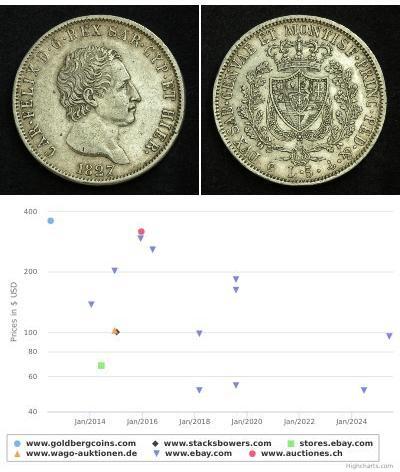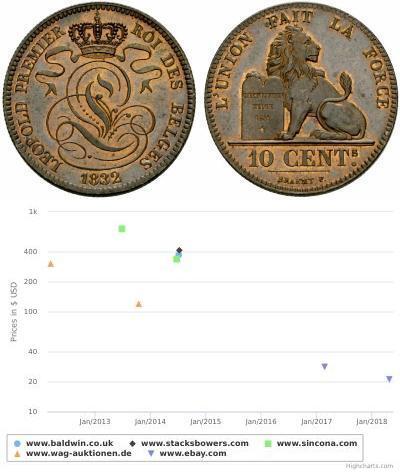Follis of Roman Empire
The follis was a large bronze coin that served as a standard unit of currency in the Roman Empire. It was introduced during the reign of Diocletian (284–305 AD) as part of his monetary reforms aimed at stabilizing the economy. The follis continued to be minted and circulated throughout the late Roman Empire, including during the reign of Constantine the Great (306–337 AD).
Here are some key features of the follis coin:
Size and Weight: The follis was a relatively large and heavy bronze coin, typically measuring around 25-30 mm in diameter and weighing between 10-15 grams. Its size and weight varied over time and across different issues.
Design: The obverse (front) of the follis usually featured the bust of the reigning emperor, facing right or left, along with inscriptions identifying the emperor and sometimes additional titles or honors. The reverse (back) of the coin typically depicted various symbolic motifs, including personifications of virtues or concepts, religious symbols, or allegorical scenes.
Denomination: The follis was a low-denomination coin, used for everyday transactions and representing a fraction of the larger silver or gold denominations in the Roman monetary system. It was equivalent to a quarter or an eighth of a denarius, depending on the time period and region.
Composition: The composition of the follis varied over time and across different issues. Early issues were typically made of copper or bronze, while later issues during the 4th century AD often had a debased or alloyed composition with lower purity.
Circulation: The follis was widely circulated throughout the Roman Empire and was used for a variety of transactions, including payment of taxes, salaries, and goods and services in the marketplace. It was one of the most commonly encountered coins in everyday Roman life.
Overall, the follis played an essential role in the Roman economy as a standard unit of currency for everyday transactions. Its widespread circulation and consistent production contributed to the stability of the Roman monetary system during the late Roman Empire.
You may be interested in following coins
2025-05-23
- Historical Coin Prices
2025-05-29
- Historical Coin Prices







